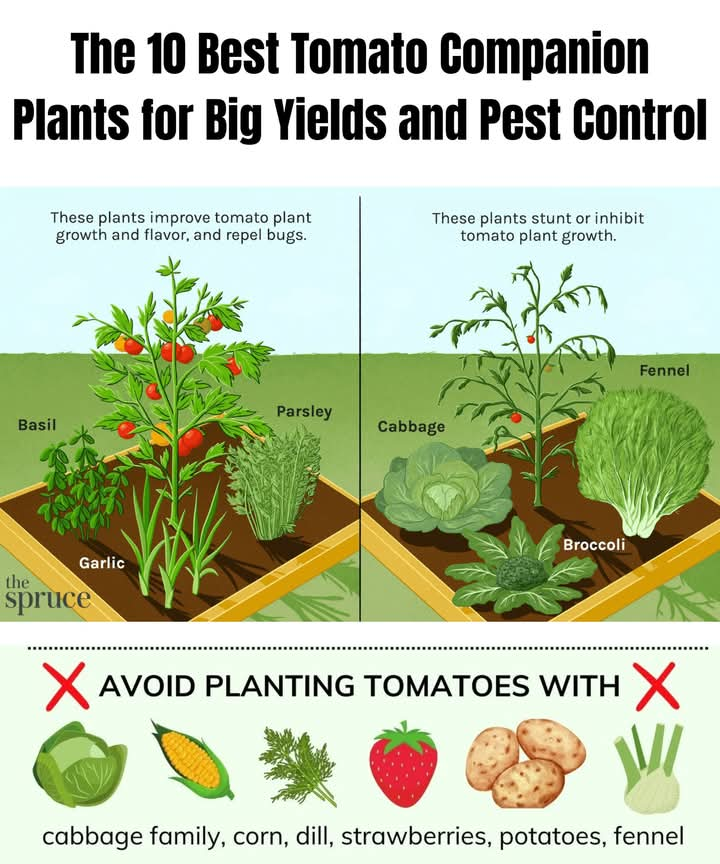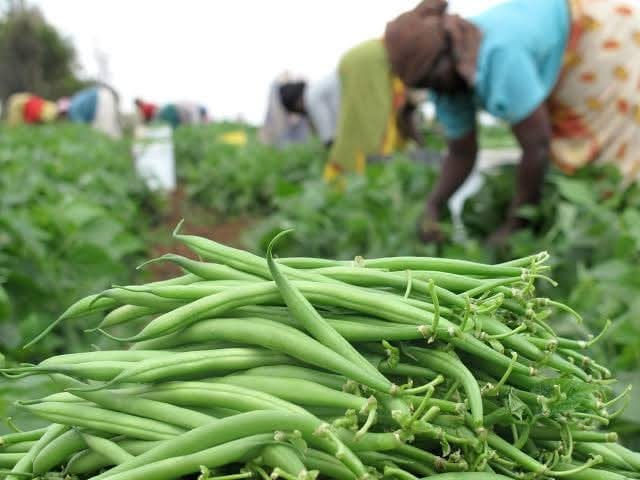Green Beans and Its Farming Business In Nigeria
Green Beans and Its Farming Business In Nigeria
Green beans, also known as string beans, snap beans, or French beans, are a popular vegetable crop known for their versatility, nutritional value, and economic viability in farming. They are widely cultivated in various climates and are a staple in many diets around the world. This crop, which belongs to the Phaseolus vulgaris family, can be a profitable venture for farmers, especially when the right farming practices are applied.
Overview of Green Beans
Green beans are consumed worldwide due to their rich taste and multiple health benefits. They are a good source of vitamins (especially vitamins A, C, and K), fiber, protein, and antioxidants. These nutrients are essential for heart health, bone strength, and overall immune support. They are also low in calories, making them ideal for various diets. Green beans can be eaten raw, steamed, sautéed, or added to numerous dishes, enhancing their appeal in markets globally.
Types of Green Beans
There are several varieties of green beans that farmers can choose from:
1. Bush Beans: These grow in a bushy form and do not require staking. They mature faster, usually in 50-55 days, making them suitable for quick harvests.
2. Pole Beans: These beans grow on vines and require staking or trellises. They take a little longer to mature (usually 60-70 days) but often yield more per plant.
Selecting the right variety depends on the climate, farming setup, and market demands.
Agronomic Practices for Green Bean Farming
1. Climate and Soil Requirements: Green beans thrive in warm climates with temperatures between 60-85°F (15-30°C). They are highly sensitive to frost, so planting should be timed after the last frost in spring or towards the end of the rainy season in tropical areas. Green beans prefer well-drained, loamy soil with a pH between 6.0 and 7.5. The soil should be rich in organic matter for better yields.
2. Seed Selection and Planting: Quality seeds are essential for a successful green bean crop. Seeds should be purchased from reputable suppliers to ensure they are disease-free and high-yielding. Seeds can be planted directly into the soil, usually about 1-2 inches deep and spaced 4-6 inches apart. Bush beans require rows spaced about 18 inches apart, while pole beans need larger spacing to accommodate their climbing nature.
3. Fertilization and Soil Management: Green beans benefit from nitrogen-fixing bacteria, so they require less nitrogen fertilizer than other crops. However, a balanced fertilizer containing phosphorus and potassium is recommended, particularly in soils that lack these nutrients. Incorporating organic matter such as compost or manure before planting is beneficial.
4. Watering: Green beans require consistent moisture but should not be overwatered as it can lead to root rot. Drip irrigation is ideal for maintaining moisture without saturating the soil, especially during dry seasons.
5. Weed and Pest Management: Weeds can compete with beans for nutrients and water, so regular weeding is necessary. Green beans are prone to pests such as aphids, spider mites, and bean beetles. Implementing integrated pest management (IPM) practices, like introducing natural predators or using organic pesticides, can help minimize pest damage without harming the environment.
6. Harvesting: Green beans are typically ready for harvest 50-70 days after planting, depending on the variety. The beans should be harvested while they are tender and before the seeds inside the pods mature fully. Regular harvesting encourages more growth, ensuring a longer productive season.
Business Opportunities and Market Demand
Green beans are in high demand in both local and international markets due to their health benefits and versatility. Here are some profitable business angles in green bean farming:
1. Fresh Market Sales: Green beans can be sold fresh to supermarkets, farmer’s markets, and wholesalers. Proper packaging and freshness are key in capturing this market.
2. Processing and Value-Addition: Processing green beans into frozen, canned, or dried products can significantly increase their shelf life and market reach. This requires investment in processing facilities but offers higher returns.
3. Organic Green Beans: There is a growing demand for organic produce, and green beans are no exception. Organic green bean farming requires adherence to specific standards but can fetch premium prices in health-conscious markets.
4. Export Market: Green beans are exported globally, particularly to regions where they are not grown locally. Establishing connections with export firms or obtaining the necessary certifications can open up lucrative opportunities in international markets.
5. Seed Production: Farmers can venture into producing and selling green bean seeds. This requires attention to quality and may require certification, but it can be profitable given the high demand for quality seeds.
Financial Considerations and Profitability
The profitability of green bean farming depends on several factors, including input costs, yield per acre, and market prices. On average, green beans yield between 3,000 to 5,000 pounds per acre, although yields can be higher with optimized farming practices.
Costs include:
Land preparation and labor: Plowing, planting, weeding, and harvesting can incur labor costs.
Seeds and inputs: Quality seeds, fertilizers, and pest control measures.
Irrigation: Investment in drip irrigation can improve yield and save water costs.
Income sources:
Local market sales: Fresh green beans can be sold directly in local markets.
Export: Export prices are usually higher, but involve transportation, packaging, and regulatory costs.
Value-added products: Processed beans fetch higher prices, increasing profitability.
Challenges in Green Bean Farming
Green bean farming, while profitable, comes with challenges such as:
Pest and Disease Management: Pests like aphids and fungal diseases like powdery mildew can significantly affect yields.
Weather Dependence: Green beans are sensitive to both frost and excessive heat. Climate unpredictability can be a risk.
Labor-Intensive Harvesting: Green beans require hand-picking, which can increase labor costs.
Market Fluctuations: Prices can vary significantly depending on season, region, and market demand.
Conclusion
Green bean farming offers a promising avenue for agricultural entrepreneurs due to the crop’s high demand, rapid growth cycle, and relatively low input costs. With the right agronomic practices, proper market planning, and possibly value addition, farmers can achieve substantial profits. As consumer preferences shift toward healthy and organic produce, green beans will continue to be a valuable and profitable crop in both local and international markets.




